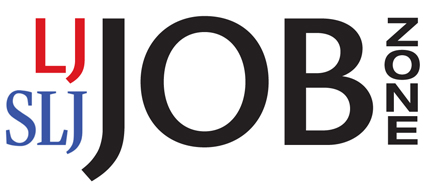World War II Rumor Project, A New Digital Collection from the Library of Congress
From LC:
The World War II Rumor Project collection contains manuscript materials compiled by the Office of War Information (OWI). The OWI was established by an Executive order on June 13, 1942, for the purpose of achieving a coordinated governmental war information program. The information program was designed to promote an informed and intelligent understanding of the status and progress of the war effort, war policies, activities, and aims of the United States government.
[Clip]
The Office of War Information wanted to understand more about the ways that misinformation spread through the media and how the same media could be used for public education about the war. Although the project was often described in its own documents as a “rumor control” effort, the researchers were well aware that control of rumors and misinformation in a free society with a free press is extraordinarily difficult. The project was an opportunity to study the spread of rumors, to learn about rumors circulating that might have an impact on national security (such as speculation on military preparedness that might be used as propaganda by the enemy), and to create educational outreach in order to help head off rumors in the first place. In a draft for a document titled “Rumor Control Projects” the organizers wrote “Rumors can be converted to positive value if they are studied as a guide to information gaps which need to be filled — not by rumor denials but by intensive information programs” (page 3). Studying the spread of rumors and collecting them was to be used as a way of countering misinformation with public education. Using newspaper columns about the war effort, radio broadcasts, and other media they hoped to provide positive information that would influence public opinion for the good of the war effort were important parts of the war effort.
Learn More, Read the Complete LC Blog Post
From the Collection’s “About” Page:
For the World War II Rumor Project, field representatives collected information from community-based correspondents and sent duplicate or triplicate copies of reports of the correspondents to Dr. Eugene Horowitz at the Bureau of Public Inquiries of the OWI. The reports listed rumors and anecdotes that were compiled by Dr. Horowitz and William H. Webber arranged in alphabetical order by states and by subjects.
This collection has two distinct components. The first component involved field representatives of various federal agencies in the United States instructed to enlist individuals in their communities who were willing to write down rumors and send them to the field representatives. These individuals or “correspondents” included dentists, beauty shop operators, policemen, proprietors, and librarians who had access to rumors in their communities.
The second component involved rumors, jokes, rhymes, and anecdotes about the war from high school and college students collected by teachers. Subjects include Adolf Hitler, Japan, rationing, and rhymes and stories composed or recorded by students. This collection contains historical materials that are products of their particular times, including offensive language and negative stereotypes.
Direct to The World War II Rumor Project Digital Collection
About Gary Price
Gary Price (gprice@gmail.com) is a librarian, writer, consultant, and frequent conference speaker based in the Washington D.C. metro area. He earned his MLIS degree from Wayne State University in Detroit. Price has won several awards including the SLA Innovations in Technology Award and Alumnus of the Year from the Wayne St. University Library and Information Science Program. From 2006-2009 he was Director of Online Information Services at Ask.com.



